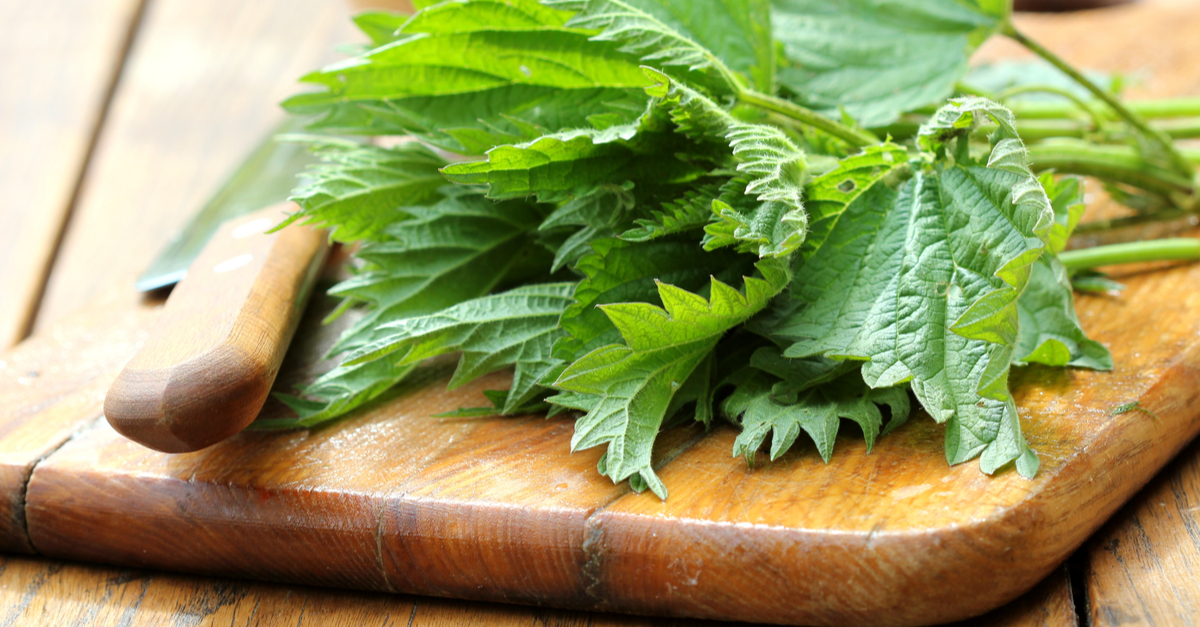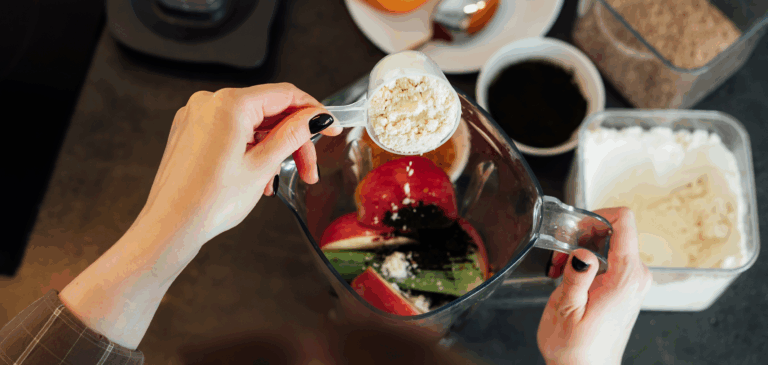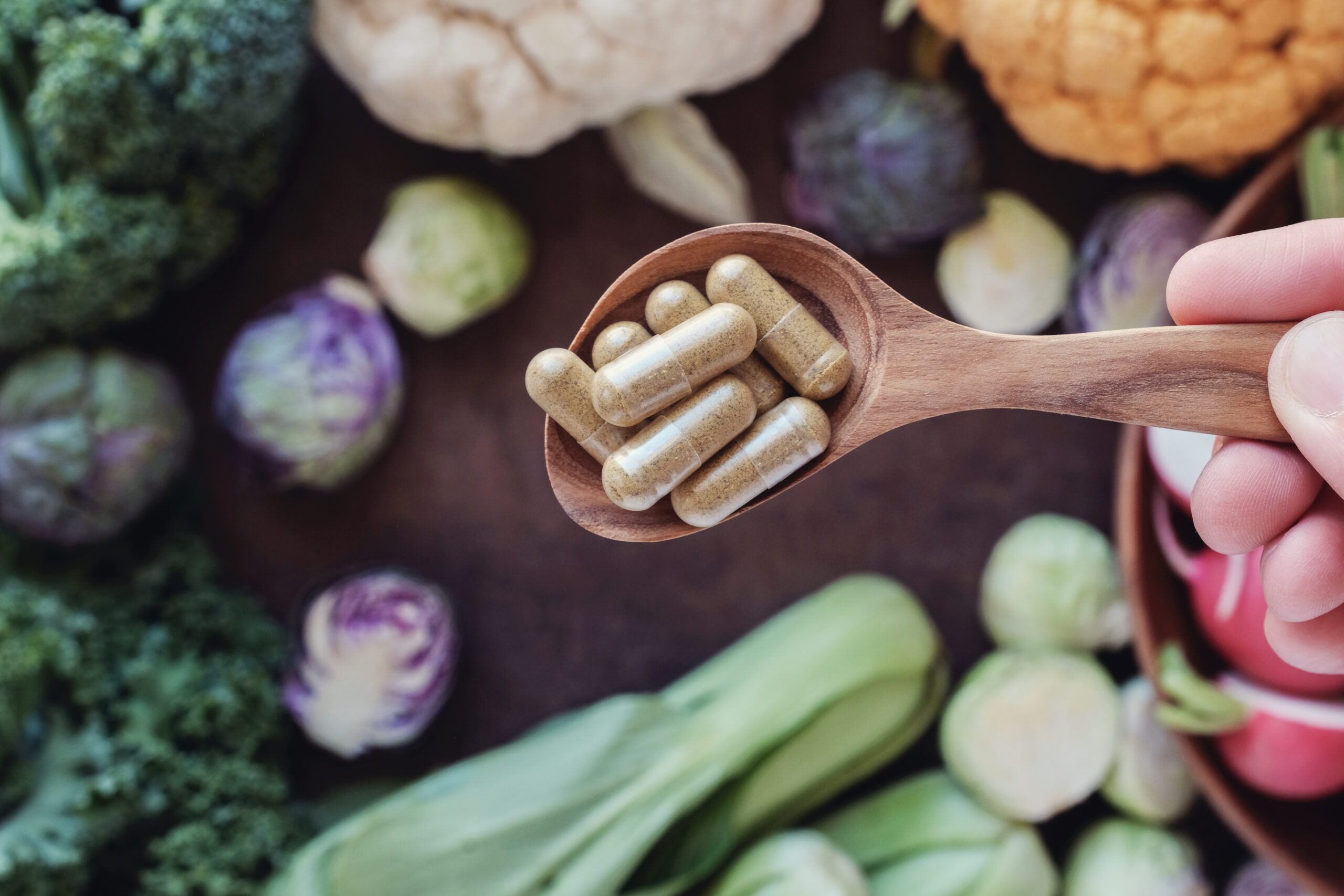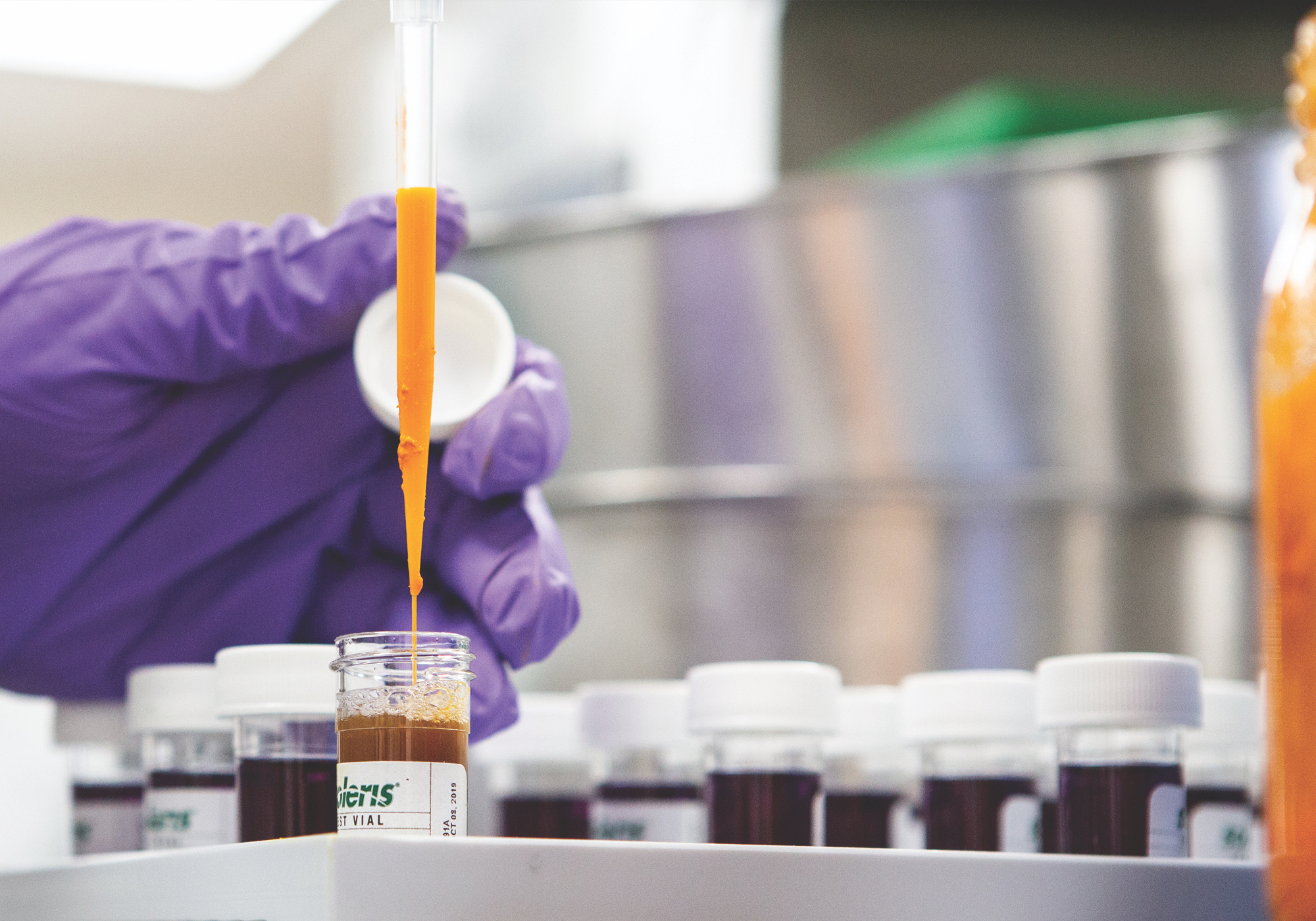Scientific name:Urtica dioica Common name:Nettle, Stinging Nettle, Common Nettle
Constituents:
- Leaf:
- Phenolic acids (tannins): carbonic, caffeic, chlorogenic, formic, salicylic, silicic, citric, fumaric, malic, oxalic & succinic
- Amines: Ach, betaine, choline, lecithin, histamine & serotonin (found in stinging hairs)
- Flavonoids (quercetin, kaempferol & rutin)
- Nutrients (Carotenoids, Vitamins B, C & K, Minerals K+, Ca+, P, silicon)
- Dietary fiber & protein
- Chlorophyll
- Root:
- Phytosterols (beta sitosterol)
- Lignans (secoisolariciresinol)
- Lectin (UDA, Urtica diocia agglutinin)
- Polyphenols (tannins)
- Coumarins (scopoletin)
- Polysaccharides
Medicinal Actions:
- Leaf:
- Alterative (Depurative)
- Anti-inflammatory
- Anti-rheumatic
- Anti-allergic
- Counter-irritant (topically, fresh leaves)
- Diuretic
- Hemostatic
- Root:
- Anti-prostatic
Traditional Use:
- Used extensively throughout history for a variety of culinary and medicinal applications, Nettle has long been considered a nutritious spring vegetable whose young leaves and shoots can be cooked and eaten much like other dark leafy greens.
- The leaves have been regarded as an alterative or “blood purifier”, anti-rheumatic, diuretic, and hemostatic (stops bleeding) and were used to treat chronic conditions of the joints, colon, and skin such as arthritis, diarrhea, dysentery, and dermatitis. Also recognized for being able to increase urine output significantly, nettle simultaneously replenishes nutrients & electrolytes, making it useful in the treatment of edema, swollen joints, and urinary complaints.
- The beating of fresh leaves on sore muscles and arthritic joints was used to induce a counter-irritant effect and aid in rheumatic complaints. Nettle juice or poultices were also used topically for burns, wounds, insect bites, and nosebleeds.
Evidence Based Use:
- Nettle root has demonstrated safety and efficacy in improving urological symptoms (e.g. urinary frequency, nocturia, and mean urinary flow) associated with benign prostatic hyperplasia in several clinical trials.1-4 It has also shown a positive benefit in combination with Saw Palmetto (Serenoa repens), Pygeum africanum and Finasteride5-8
- Nettle leaf has demonstrated a benefit with both topical and internal use of the leaf in various clinical trials for rheumatic complaints including arthritis.9-11
- In combination with a subtherapeutic dose of the anti-inflammatory drug Diclofenac, nettle leaf was found to be comparable to a full dose of the NSAID in terms of improving the clinical signs of acute arthritis.12
- Nettle leaf has been shown to have positive, though limited results in the treatment of allergic rhinitis when taken over 1 week.13
Mechanism of Action + Pharmacology:
- Lignans in root (secoisolariciresinol) and their intestinal transformation products (enterodiol and enterolactone) have been shown to bind SHBG in vitro.14
- Phytosterols (beta-sitosterol) present in the root may be responsible for clinical related benefits in BPH and have demonstrated 5-alpha reductase inhibition in vitro.15
- Root extract has demonstrated a mild inhibition of DHT binding to cytosolic androgen receptors of the prostate, and anti-proliferative activity on human prostatic epithelial and stromal cancer cells in vitro.16
- Leaf extract has demonstrated inhibition of several key inflammatory events related to seasonal allergies, including activity against the histamine-1 receptor and inhibition of mast cell tryptase in vitro.17
Safety and Toxicity Concerns:
- Generally a very safe herb with no restrictions on long-term use.
- Hypersensitivity or allergy may occur causing symptoms of pharyngeal constriction and aggravation of sinusitis and rhinitis.
- Mild gastrointestinal side effects may occur with use of the root, and if taking for BPH the state of the prostate should be monitored by a health care practitioner.
- Fresh leaves are caustic due to formic acid, histamine, and serotonin found in nettle hairs. This reaction is self-limiting and does not occur when dried leaf extract is ingested.
- Category B2 in pregnancy: no increase in frequency or malformation or other harmful effects on the fetus from limited use in women. Animal studies are lacking.
- Category C in lactation: both leaf and root are considered compatible with breastfeeding.
Contraindications:
- In known allergy to Nettle or Urticaceae family
- Use caution with edema due to heart or kidney dysfunction, history of bleeding disorder, and monitor electrolyte imbalances, especially in the elderly.
Interactions:
- None known.
References:
- Safarinejad, M. R. (2006). Urtica dioica for treatment of benign prostatic hyperplasia: a prospective, randomized, double-blind, placebo-controlled, crossover study. Alternative Medicine Review, 11(2), 164-165.
- Lopatkin, N. et al. (2007). Efficacy and safety of a combination of Sabal and Urtica extract in lower urinary tract symptoms—long-term follow-up of a placebo-controlled, double-blind, multicenter trial. International urology and nephrology, 39(4), 1137-1146.
- Lopatkin, N. et al. (2005). Long-term efficacy and safety of a combination of sabal and urtica extract for lower urinary tract symptoms—a placebo-controlled, double-blind, multicenter trial. World journal of urology, 23(2), 139-146.
- Schneider, T., & Rübben, H. (2004). Stinging nettle root extract (Bazoton-uno) in long term treatment of benign prostatic syndrome (BPS). Results of a randomized, double-blind, placebo controlled multicenter study after 12 months. Der Urologe. Ausg. A, 43(3), 302-306.
- Schneider, H.J., E. Honold, T. Masuhr. 1995. [Treatment of benign prostatic hyperplasia. Results of a treatment study with the phytogenic combination of Sabal extract WS 1473 and Urtica extract WS 1031 in urologic specialty practices]. Fortschr Med 113(3):3740.
- Skeland, J. and J. Albrecht. 1997. [Combination of Sabal and Urtica extract vs. finasteride in benign prostatic hyperplasia (Aiken stages I to II). Comparison of therapeutic effectiveness in a one year double-blind study]. Urologe A 36(4):327333.
- Awang, D. V. C. (1997). Saw palmetto, African prune and stinging nettle for benign prostatic hyperplasia (BPH). CPJ, Canadian pharmaceutical journal, 130(9).
- Krzeski, T., M. Kazon, A. Borkowski, A. Witeska, J. Kuczera. 1993. Combined extracts of Urtica dioica and Pygeum africanum in the treatment of benign prostatic hyperplasia: double-blind comparison of two doses. Clin Ther 15(6):10111020.
- Ramm, S., & Hansen, C. (1995). Brennessel-Extrakt bei rheumatischen Beschwerden. DEUTSCHE APOTHEKER ZEITUNG-STUTTGART-, 135.
- Randall, C., Randall, H., Dobbs, F., Hutton, C., & Sanders, H. (2000). Randomized controlled trial of nettle sting for treatment of base-of-thumb pain. Journal of the Royal Society of Medicine, 93(6), 305-309.
- Rayburn, K., Fleischbein, E., Song, J., Allen, B., Kundert, M., Leiter, C., & Bush, T. (2009). Stinging nettle cream for osteoarthritis. Alternative Therapies in Health & Medicine, 15(4), 60.
- Chrubasik, S., Enderlein, W., Bauer, R., & Grabner, W. (1997). Evidence for antirheumatic effectiveness of Herba Urticae dioicae in acute arthritis: A pilot study. Phytomedicine, 4(2), 105-108.
- Mittman, P. (1990). Randomized, double-blind study of freeze-dried Urtica dioica in the treatment of allergic rhinitis. Planta medica, 56(01), 44-47.
- Gannseer, D., & Spiteller, G. (1995). Aromatase inhibitors from Urtica dioica roots. Planta Medica, 61(02), 138-140.
- Nahata, A., & Dixit, V. K. (2012). Ameliorative effects of stinging nettle (Urtica dioica) on testosterone‐induced prostatic hyperplasia in rats. Andrologia, 44, 396-409.
- Chrubasik, J. E. et al. (2007). A comprehensive review on the stinging nettle effect and efficacy profiles. Part II: urticae radix. Phytomedicine, 14(7-8), 568-579.
- Roschek Jr, B. et al. (2009). Nettle extract (Urtica dioica) affects key receptors and enzymes associated with allergic rhinitis. Phytotherapy Research: An International Journal Devoted to Pharmacological and Toxicological Evaluation of Natural Product Derivatives, 23(7), 920-926.







